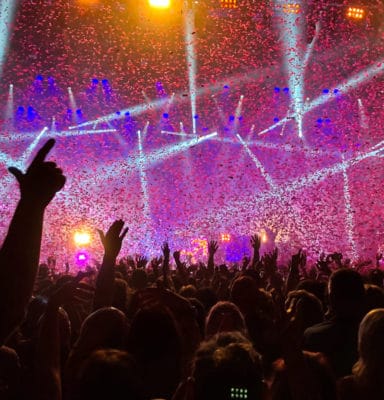Recording: Recorders can be used to capture all the audio from the meeting and an AV technician can transfer the recording to an USB drive within minutes.Teleprompter: This is a display device that prompts the person speaking with an electronic visual text of a speech. The screen is in front of and usually below the camera lens of a video camera, and the words on the screen are reflected to the eyes of the presenter using a sheet of clear glass. The AV Tech controls how fast or slow the words appear on the screen and monitors the technology.Audience Response Systems: When polling occurs in an event, the folks in the production booth can easily collect all the data on a jump drive for the event organizer to analyze and review at a later date.Special FX: This adds drama and creates interest in any corporate video, whether it is a Product Launching Event, Educational or Seminar, or Trade Show.
STAFF
Stage Management: They guarantee the event moves in the right direction by working with the entertainment, production, and service staff so that everyone is on the same page, and each moment is accounted for and executed properly. The management team has the experience in directing communication, ensures proper stage leadership and provides technical direction to the production team.
Audio Visual Technician: They operate and maintain equipment used to amplify, record and display sound and images at live events. They operate sound equipment for speeches and presentations, use video cameras to shoot images or serve as projectionists.
Project Manager: They are responsible for the successful planning, implementation, testing, training, and closing of audio visual for high-profile meetings and events.
